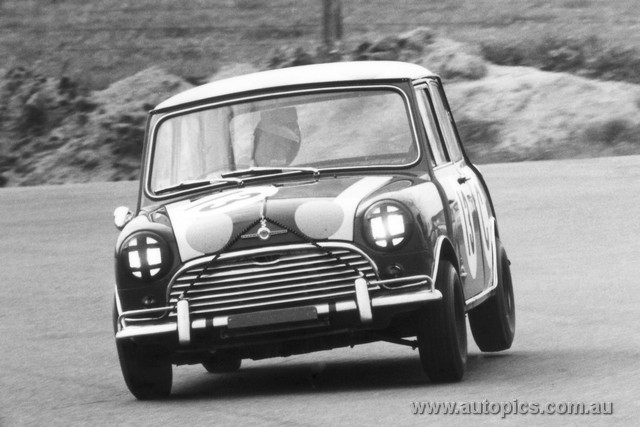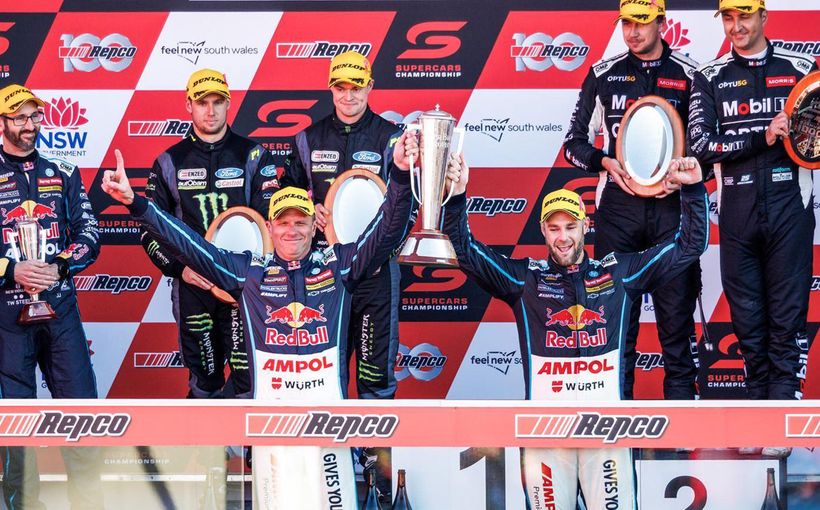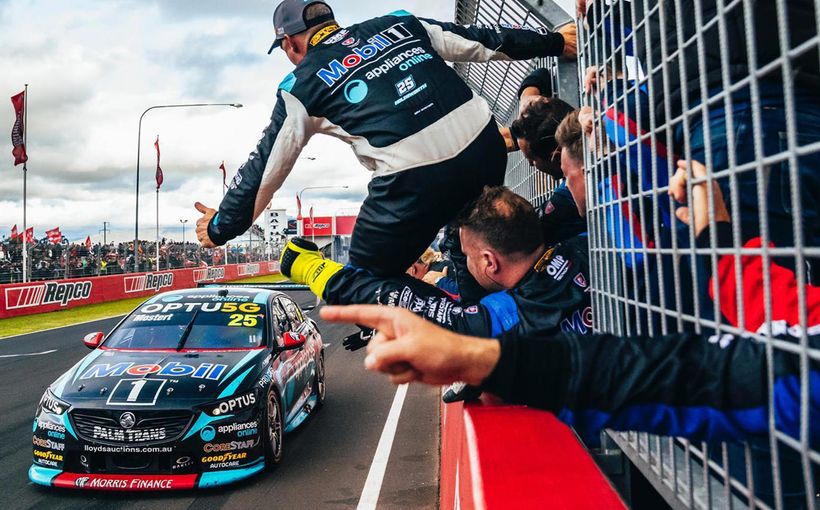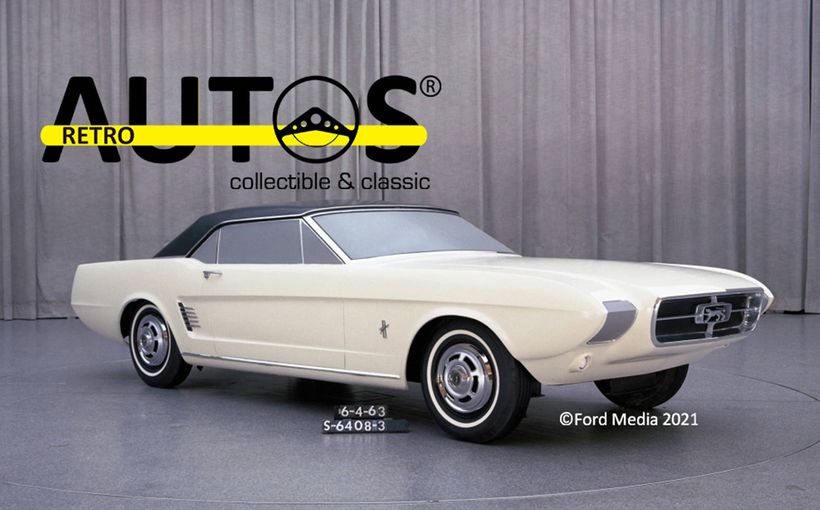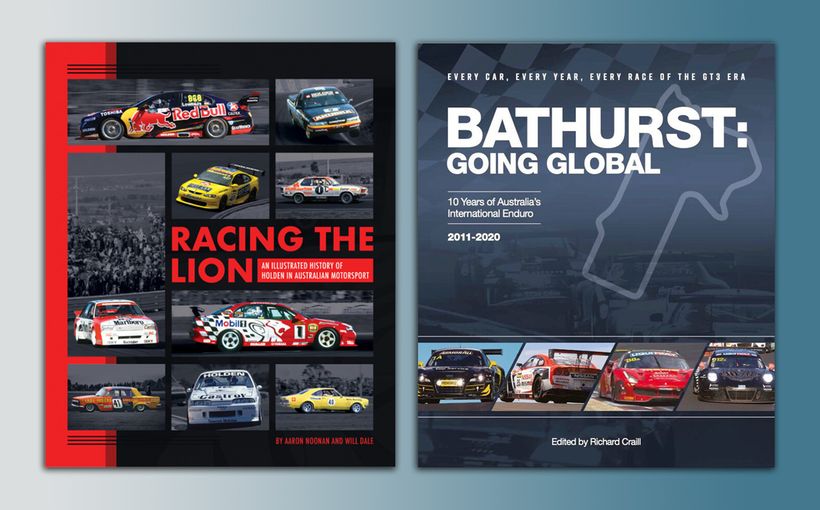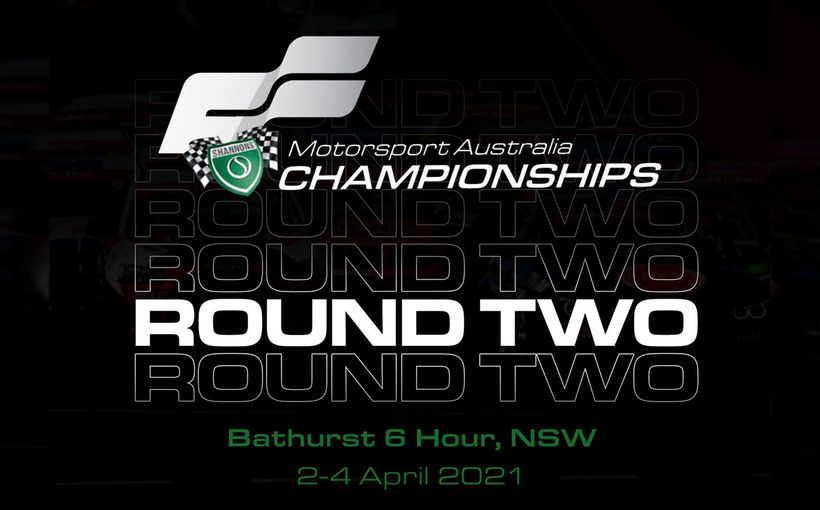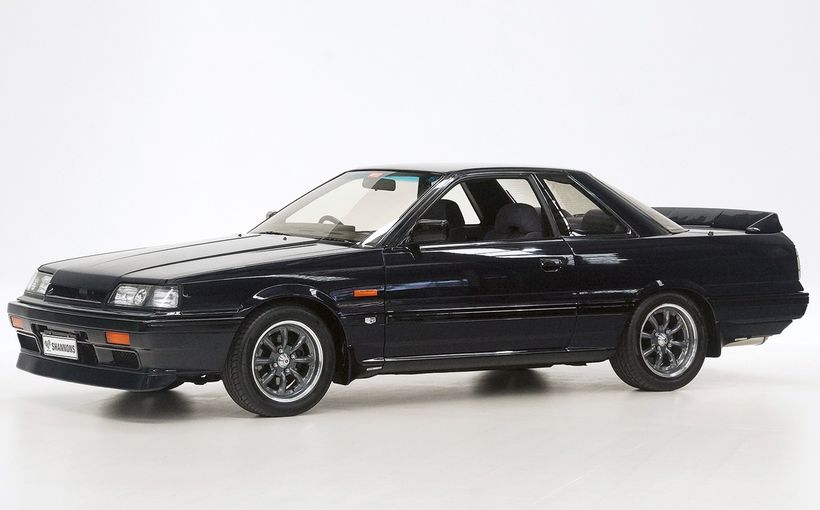1966 Bathurst 500: How Mini tamed The Mountain

Mount Panorama has a high strike rate when it comes to defining moments in Australian motor sport, which is not surprising given its unique layout and rich, colourful history.
The runaway success of the Morris Cooper S in the annual 500-mile (800 km) race held there on October 2, 1966 is a prime example.
For all its circuit racing and rallying successes over the years, the one event that has continued to define the Mini’s performance credentials in Australia more than any other has been its emphatic conquering of Mount Panorama nearly five decades ago.
But what is not as widely known is how race winner Bob Holden called on cunning competitive instincts and mechanical skills within the three-car BMCA works team to literally ‘engineer’ a victory for himself and Finnish rally ace Rauno Aaltonen.
As you will discover, the Mini’s one and only outright Bathurst win in 1966 is a fascinating tale of inter-team rivalry and political gamesmanship.
The Times They Are A Changin’
The 1960s was a decade of unprecedented social upheaval and the 1966 running of the annual 500-mile race for stock standard production cars at Bathurst in October certainly reflected that.
The race’s original naming rights sponsor from 1960-1965, shock absorber manufacturer Armstrong, had been replaced by Irish tobacco brand Gallaher as part of a high exposure push into the Australian market.
Australia had also recently changed over to the new decimal currency in February, with dollars and cents replacing pounds, shillings and pence. Such a significant change required Bathurst race organisers to come up with a new four-class structure based on the new currency.
These comprised Class A for cars costing up to $1800, Class B for $1801-2040, Class C $2041-2700 and Class D $2701-$4000.
Of equal (perhaps greater) significance to the new class structure was a new requirement that at least 250 examples of any locally-made model had to have been sold and registered prior to the race for it to be eligible. This was more than double the previous year’s minimum requirement of 100 units.
The catalyst for that rule change was Ford’s hot Cortina GT 500 which had stormed to victory the previous year. Designed by Ford’s crafty motor sport contractor Harry Firth, the GT 500 with its numerous performance enhancements, including twin fuel tanks, was built purely to win Bathurst.
Firth’s clever interpretation of the rule book - and the need to only build 100 examples - was the wake-up call race organisers needed to try to ensure the race would not continue to be corrupted by such small volume, largely hand-built ‘homologation specials’ that were clearly not in the spirit of the mass production rules.
As a result, Firth’s plans for a Mark II version for 1966 came to zero. The GT 500 build program in 1965 had been quite costly for Ford, so the prospect of having to build at least 250 examples of a Mark II version a year later did not stack up as a viable business case.
And with the launch of its all-new XR Falcon range in 1966, another Bathurst win for a four cylinder model positioned further down the Ford range also made no sense from a marketing perspective.
So Ford decided to sit it out for a year, with plans to return in 1967 with its first Falcon GT and Mustang V8 power. Therefore, with no GT 500s on the grid, a quick scan of other potential race winners showed only one real contender – the Morris Cooper S.
The locally produced version of BMC’s remarkable front wheel drive pocket rocket was a terrific performance package. With its 1275cc engine, twin long range fuel tanks, engine oil cooler, uprated Hydrolastic suspension system (the UK version used the rubber cone type) and bigger brakes, it was blessed with an athletic power-to-weight ratio and astonishing levels of handling and braking that could not be matched.
As a result, of the 53 cars that started the 1966 Gallaher 500, nearly half the field (24 cars) were Minis! 17 of the 19 cars entered in Class C were Cooper S’s, with the remaining seven being the cheaper Morris Cooper in Class B and Mini De Luxe/Morris Mini 850 contending Class A.
Proof of the Mini’s race-winning appeal that year was the star-studded driver line-up, including 1965 winner Barry Seton, plus Harry Firth, Bruce McPhee, Frank Matich, Ron Hodgson and Fred Gibson to name a few. And these did not include the official factory team.

The Unfair Advantage
British Motor Corporation Australia (BMCA) entered a three-car works team that comprised a mix of talented Australian drivers paired with big name international rally stars, that were also coming here to compete in the inaugural Southern Cross Rally held the week following the Bathurst race.
British champion Paddy Hopkirk was paired with local Mini ace Brian Foley and European champion Timo Makinen was paired with Queenslander John French, although Makinen was replaced by local Mini hot-shoe Steve Harvey before the race due to the Finn’s clashing overseas rally commitments.
The third BMCA team car saw Finnish rally ace Rauno Aaltonen teamed with Sydney’s Bob Holden. Holden had been building, racing and rallying Minis for a couple of seasons, during which time he had become good friends with BMCA public relations boss Evan Green who invited Bob to drive for the works team at Bathurst.
Of the six works team drivers, though, only Holden was a qualified mechanic which would be crucial to his success in the race. As it turned out, another friendship of pivotal importance was with BMCA apprentice mechanic, David Bradford. The two had got to know each other through Holden’s Mini racing activities and they became good mates.
The three works cars were being hand-built for Bathurst by a supervised team of apprentice mechanics at the company’s factory at Zetland in Sydney. After the three cars had been tested on the dyno, Bradford quietly advised Holden that the car earmarked for Aaltonen and he to drive was noticeably down on power compared to the other two.

As a result, Holden convinced Green to discreetly let him take the car back to his workshop overnight to prepare it himself with the help of Bradford, a team of Bob’s mechanics and dedicated staff at Lynx Engineering who agreed to work through the night to assist the rebuild effort.
After quickly dismantling the car, Holden discovered that the factory’s overall preparation was sound. However, he was acutely aware of the often wayward engineering tolerances of mass production and their ability to shake a car to bits during 800 kms of high revs and hard racing.
So Holden and his crew set about (legally) perfecting each rotating component of the Cooper S in double-quick time to gain the ‘unfair advantage’ he knew he needed to win.
The engine was stripped down for re-blueprinting and full balancing. The gearbox was also pulled apart and the gears and gear-shafts balanced and polished to minimise oil drag. Balancing extended to the drive-shafts, wheel hubs, wheel bearings, brake discs, engine pulleys; every rotating part inside and out was hand fettled to get the car as close to perfection as they could make it.
As all of this work could not be completed in one night, the car had to be re-assembled, driven back to the factory and parked before daybreak so as not to arouse any suspicion amongst his BMCA team mates. The following night Holden drove it back to his workshop to complete the work before returning it again before the next sunrise.
On the third night, he collected it for the final time and drove from Sydney to Canberra and back at high speed (there were no open road speed limits in those days) to bed everything in and see if anything would break. Nothing did. The car was fast and felt unbreakable.
A final dyno test of the three cars also revealed that his freshly rebuilt Cooper S had about five more horsepower than the other two. Bingo!

The Great Race
Holden’s strategy of keeping his BMCA team-mates unaware of his nocturnal pre-race activities had to remain in place until the start of the 500. Only then could he and Aaltonen reveal their car’s true potential.
This was of crucial importance in the practice sessions. Aaltonen, who was extremely fast and naturally keen to upstage his team-mates in lap times, took some convincing by Holden of the need for such restraint.
However, he was happy to comply when he realised the potential race-winning benefits of such a strategy. In fact, Aaltonen and Holden got their heads together and decided to also record their practice laps at different reference points on the track to those of the team and official time keepers so as not to reveal their formidable pace.
And they were happy to take a back seat in qualifying, too, confident they had the goods to win the event. The stage was set for a surprise ambush.
At race start, the class-based grid placements ensured that even though they weren’t the fastest, the big Class D cars like the V8-powered Studebaker Larks and VC Valiant automatics led the field away.
However, it wasn’t long before the under-braked, under-tyred larger sedans were under attack from a swarm of crazed Cooper S drivers from Class C that started right behind them, making life hell for the larger cars’ wallowing suspensions and weak wheels through the twisty parts before whistling past them under brakes at the end of Conrod Straight.
Where the big cars were getting on the brakes at around 300 metres from the end of Conrod Straight, the fastest Cooper S’s were still on wide open throttle right up to the 100 metre mark!
Aaltonen took the race lead on the second lap and held it until a stunned Foley, driving on the ragged edge, managed to catch and pass the flying Finn by lap 10. From there the two works drivers engaged in a furious dice for the lead as they sped away from the pack, setting a cracking pace as they slip-streamed each other down Conrod at 120 mph (190 km/h) with at times barely a cigarette paper between them.
It all came to an end after only 25 laps, though, when Foley limped into the pits with fading engine oil pressure caused by a crankshaft bearing failure. The other BMCA works car shared by French/Harvey had earlier suffered wheel damage in a collision with another car and quickly dropped out of contention.

If Holden cracked a wry smile, he had every reason to. Evidence of Aaltonen’s ballistic pace in the opening stint was that by late morning the flying Finn was able to make the first of two scheduled pit stops to change one tyre (the hardest-working right front), refuel and hand over to Holden without losing the race lead!
Holden also had a fierce rival to contend with during his stint, when the fast but under-rated Ron Haylen in a privately entered Cooper S found himself right up with the race leader after the first round of stops were completed.
Like Aaltonen and Foley before them, Holden and Haylen engaged in a ferocious fight for many laps that ended when Haylen’s car blew a tyre at the dauntingly fast McPhillamy Park and suffered a heavy race-ending collision with the wooden fence. Fortunately the driver escaped unhurt.
This incident left Holden a full lap and a half clear of the second-placed car when he made the second and final scheduled stop. Aaltonen climbed back behind the wheel right on schedule and with the car running perfectly, emerged from the pits still well in the lead and cruised to a dominant win.
After 130 laps and more than seven hours of racing, Aaltonen crossed the finish line a full lap ahead of the second placed Fred Gibson/Bill Stanley Cooper S and two laps ahead of the third-placed Cooper S driven by Bruce McPhee/Barry Mulholland.

As expected the Minis had won easily against feeble competition, with Cooper S’s filling the top nine places outright. In fact, the highest-placed non-Mini entry that year was the first of two
VC Valiant V8 automatics which came home 10th – six laps behind the winner.
It was to be the last time a naturally aspirated four cylinder car would win the Bathurst 500 outright. It was the end of an era.

